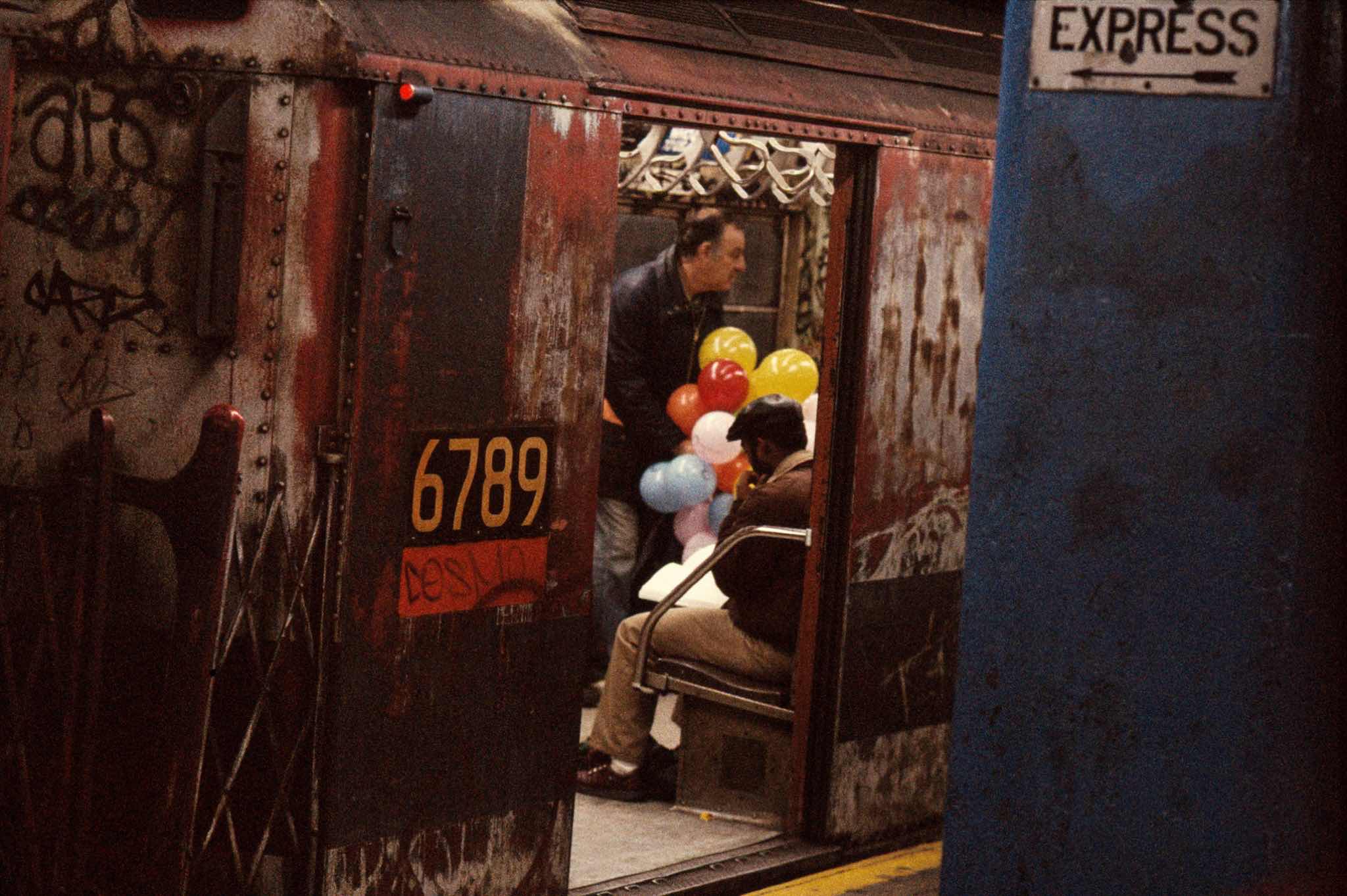HORVATLAND - THE '80s - PROJECTS - NEW YORK UP & DOWNGO TO HOME
2010, from Autobiography, in my iPad application Horvatland
Between my first trip 1959 and the beginning of this project, I have been in New York more than a hundred times, mostly to do fashion photos, but rarely for more than two or three weeks. All the same, I have counted that these stays, laid end to end, would add up to about two years, an equivalent to the time of my adult life that I spent in Switzerland, Italy, India or England. But if it were measured by its emotional intensity, my time in New York would count twice as much. This is what I tried to suggest by ‘up and down’. The highs and lows of New York are not just the transitions from Uptown to Downtown, from the darkness of the subway to the view from the top floors of the sky-scrapers, from the temperatures of January to those of July. But also the shifts, from one day to the other and sometimes from one minute to the next, between exaltation and disappointment, triumph and failure, fulfillment and defeat. To be honest, I haven’t suffered too much from these highs and lows. My immunity was the silver lining of my status as an outsider. I always had a return ticket in my pocket, a family waiting for me on the other side of the Atlantic, an editor-in-chief for whom my prestige was heightened by my work in America. And in New York, after a studio session, or at the end of an evening looking through contact sheets, I came back out into the streets, which looked just as I remembered them from my first evening, and the euphoria I had felt that day was still in the air. Like some moments that I didn’t even think of capturing on film, but that live on in my memory. The chess players at their improvised boards on a Broadway sidewalk, surrounded by kibitzers of all races, in the flood of passers-by and the howling of car horns. Or the guy delivering hot food, whose van is stuck in the traffic of a cross-town street, and who realizes that his delivery will be hopelessly late and that his meals will end up in the garbage, so he decides to hand them out to other drivers, to any pedestrian who wants some and even to the shop-keepers in their doorways, amid much back-slapping and hilarity. Or the gogo-girl, kneeling on her counter, spreading her thighs and stroking her nipples for the excitement of the client sitting a few inches from her and slipping dollar bills into her G-string (all other physical contact being strictly forbidden), while at head height the man and the girl have an anodyne conversation about the latest baseball match, the weekend weather or the price of second-hand cars. Because New York is the opposite of the inhuman metropolis, as imagined by those who have never set foot there. It is, on the contrary, one of the few places on earth – and maybe the only one – where Homo sapiens has successfully mutated into homo urbanus. With rituals, reflexes and unwritten laws, allowing fifteen million people, who have come from all corners of the planet, to live side by side within a restricted space, not always comfortably, but without ripping each others’ guts out. And sometimes even sharing a joke, a small gesture of support, or the hint of a physical contact that is not necessarily licentious.


1984, New York, balloons in the subway

1984, New York, balloons in the subway

